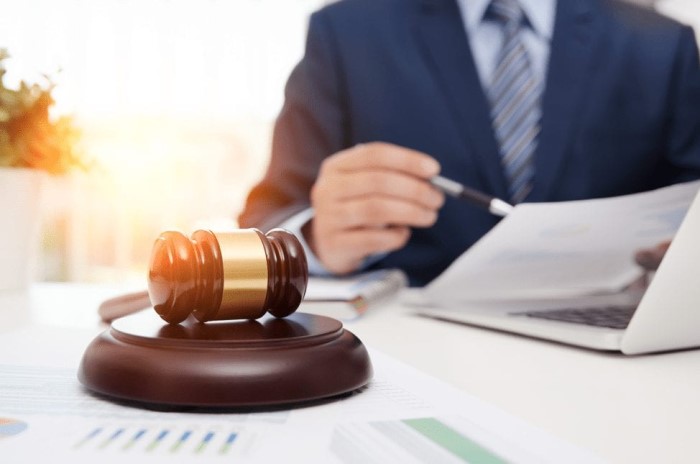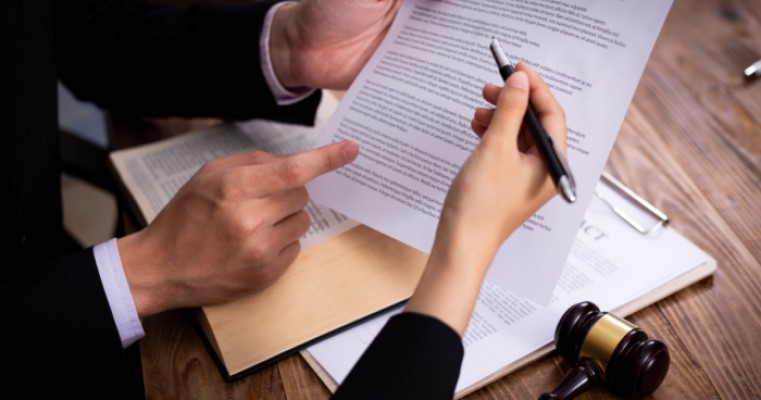Discover the art of closing arguments in legal proceedings. Learn about effective strategies, historical context, and future trends to master the final push for a favorable outcome.
Introduction
What are Closing Arguments?
Closing arguments are the final opportunity for attorneys to sway the jury before deliberation. They serve as a summary of the evidence presented, aiming to reinforce key points and persuade the jury toward a favorable verdict.
Importance in Legal Proceedings
In the legal arena, closing arguments are pivotal. They can often make or break a case, as they encapsulate the entire narrative presented during the trial. It’s the moment where attorneys must pull together all the threads of their case and deliver a compelling summary that resonates with the jury.
Purpose and Objective
The primary purpose of closing arguments is to argue why the evidence supports one’s case and why the jury should return a verdict in favor of their client. It’s a strategic moment to reinforce themes and address any lingering doubts the jury might have.
Historical Context
Evolution of Closing Arguments
Historically, closing arguments have evolved from mere summaries of facts to strategic narratives designed to appeal to emotions and logic. In earlier legal systems, these arguments were less structured, but modern practices emphasize organization and persuasion.
Notable Historical Figures and Cases
Famous closing arguments by legal giants like Clarence Darrow and Thurgood Marshall have set high standards for persuasive oratory. Their cases often highlighted the dramatic impact a well-crafted closing argument can have on the outcome of a trial.
Impact on Legal Practice
The evolution of closing arguments has profoundly influenced legal practice. Modern techniques and strategies continue to shape how attorneys approach this critical part of the trial process, aiming for maximum impact on the jury.
Components of Closing Arguments
The Opening Statement
The opening statement in a closing argument should recap the key facts and evidence presented. It sets the stage for the final narrative, providing context for the arguments that will follow.
The Case Summary
Summarizing the case involves revisiting the main points of the trial, highlighting the evidence that supports your position. This summary should be clear and concise, reinforcing the narrative developed throughout the trial.
Emphasizing Key Evidence
Highlighting the most compelling evidence helps to cement the argument in the jury’s mind. It’s crucial to focus on evidence that supports your claims and discredits the opposition’s arguments.
Addressing Counterarguments
Effectively addressing counterarguments involves acknowledging the opposing side’s points and demonstrating why they are less convincing. This strategy can strengthen your position by showing a thorough understanding of the case.
Emotional Appeal
An emotional appeal can be powerful if used appropriately. Connecting with the jury on an emotional level can make your arguments more persuasive, but it must be balanced with logical reasoning.
Legal Strategies and Techniques
Crafting a Persuasive Narrative
Creating a compelling narrative involves structuring your closing argument to tell a story that resonates with the jury. This story should be coherent, engaging, and aligned with the evidence presented.
Use of Evidence and Exhibits
Incorporating evidence and exhibits into the closing argument helps to reinforce your points. Visual aids can be particularly effective in making complex information more accessible.
Legal Precedents and Case Law
Citing relevant legal precedents and case law can strengthen your argument by showing how similar cases have been resolved. This approach provides a legal framework that supports your position.
Addressing the Jury’s Concerns
Understanding and addressing the jury’s concerns is essential. Tailoring your argument to address these concerns can help to mitigate doubts and reinforce your position.
The Role of Repetition and Emphasis
Repetition and emphasis on key points can make them more memorable for the jury. This technique helps to ensure that your main arguments are clear and prominent in the jury’s mind.
Effective Communication Skills
Verbal Communication Techniques
Effective verbal communication involves clarity, persuasion, and confidence. Using strong, assertive language and varying your tone can enhance your delivery.
Non-verbal Communication Cues
Non-verbal cues, such as body language and eye contact, play a significant role in communication. They can reinforce your message and help to build a connection with the jury.
Handling Nervousness and Pressure
Managing nervousness is crucial for delivering a successful closing argument. Techniques such as deep breathing and practice can help to maintain composure under pressure.
Engaging with the Jury
Engaging with the jury involves making eye contact, addressing their concerns, and speaking in a relatable manner. This engagement can help to establish trust and rapport.
Common Pitfalls in Closing Arguments
Overloading with Information
Providing too much information can overwhelm the jury and dilute the effectiveness of your argument. It’s important to focus on key points and avoid unnecessary details.
Ignoring Key Evidence
Failing to address significant evidence can weaken your argument and undermine your credibility. Ensure that all relevant evidence is incorporated into your closing argument.
Misjudging the Jury’s Perception
Misjudging the jury’s perception can lead to ineffective arguments. Understanding the jury’s perspective and tailoring your argument accordingly is essential for persuasion.
Emotional Manipulation
While emotional appeal can be effective, manipulating emotions inappropriately can backfire. It’s important to balance emotional appeal with logical reasoning to maintain credibility.
Part 2: Closing Arguments: The Final Push for a Favorable Outcome
Case Studies
Famous Closing Arguments in History
Examining famous closing arguments, such as those delivered by Johnny Cochran in the O.J. Simpson trial, provides insights into effective strategies and techniques. These cases often illustrate the impact of a well-crafted closing argument.
Analysis of Successful Cases
Analyzing successful cases reveals common elements in effective closing arguments. Key factors often include clarity, persuasive storytelling, and a strong connection with the jury.
Lessons Learned from Failed Cases
Studying failed cases highlights common mistakes and areas for improvement. Lessons from these cases can inform future strategies and help to avoid similar pitfalls.
The Role of Closing Arguments in Different Legal Systems
Comparative Analysis: Common Law vs. Civil Law
In common law systems, closing arguments are typically more adversarial and focused on persuasion, while civil law systems may emphasize a more structured and fact-based approach. Understanding these differences can enhance your strategy depending on the legal system.
International Perspectives
International perspectives on closing arguments can vary significantly. Exploring practices in different countries provides a broader understanding of legal argumentation.
Variations in Jury Trials vs. Bench Trials
The approach to closing arguments can differ in jury trials versus bench trials. In bench trials, where a judge rather than a jury decides the case, the focus may be more on legal reasoning and less on emotional appeal.
The Impact of Technology on Closing Arguments
Use of Multimedia and Visual Aids
Multimedia and visual aids can enhance the effectiveness of closing arguments by making complex information more accessible and engaging. Techniques include using slides, videos, and interactive elements.
Digital Evidence Presentation
Presenting digital evidence, such as emails and digital records, requires clear and effective strategies to ensure that the jury understands its relevance and significance.
Virtual Trials and Remote Closing Arguments
The rise of virtual trials and remote closing arguments presents new challenges and opportunities. Adapting strategies for a virtual environment can impact the effectiveness of your closing argument.
Future Trends and Developments
Evolution of Legal Argumentation
Legal argumentation continues to evolve with changes in technology and legal practice. Staying updated on these trends is essential for adapting your strategies.
Emerging Tools and Techniques
New tools and techniques, such as advanced data analytics and AI, are shaping the future of legal argumentation. Exploring these innovations can provide a competitive edge.
Predictions for the Future of Closing Arguments
Predictions for the future of closing arguments include increased reliance on technology and more emphasis on psychological strategies. Preparing for these changes can enhance your effectiveness in the courtroom.
Conclusion
Closing arguments are a critical component of legal proceedings, offering the final opportunity to persuade the jury. Effective closing arguments require a strategic blend of narrative, evidence, and communication skills.
Mastering the art of closing arguments is essential for achieving favorable outcomes in legal cases. Investing time and effort into developing strong closing arguments can significantly impact your success.
In conclusion, closing arguments are a powerful tool in the legal arsenal. By focusing on effective strategies and continuously improving your skills, you can enhance your ability to deliver compelling and persuasive arguments in court.


